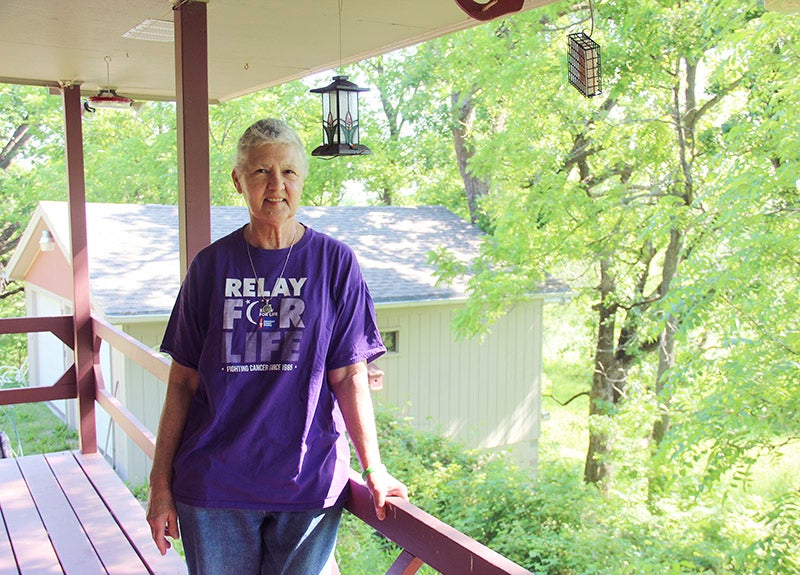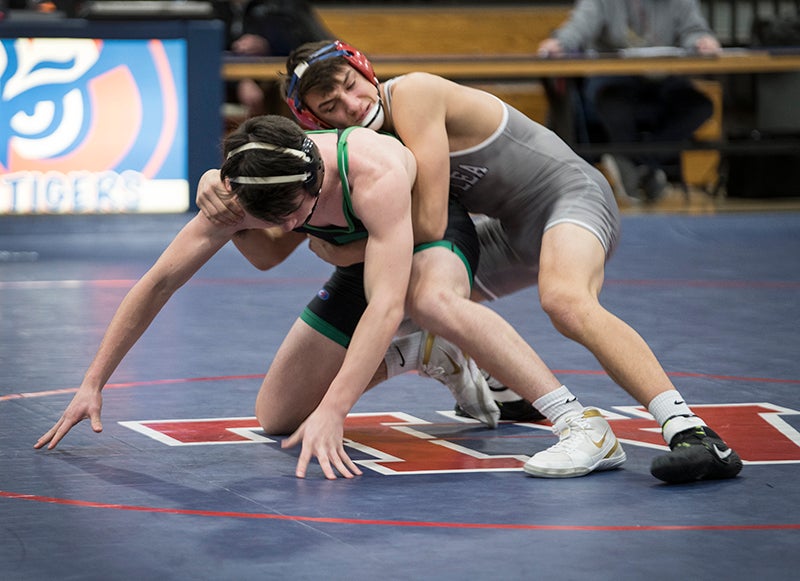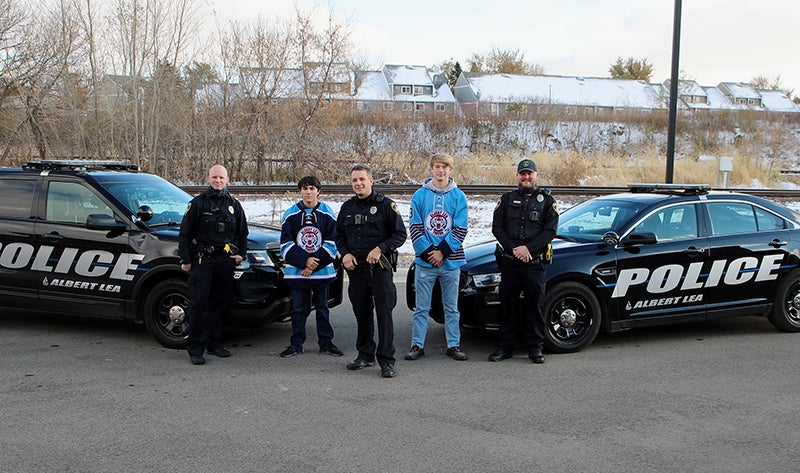Funding for clean water projects trickle to southeast Minnesota
Published 2:30 pm Thursday, January 23, 2014
With a limited amount of funds, the Minnesota Board of Water and Soil Resources didn’t forget about the Mower/Freeborn area.
The board announced Wednesday it awarded $14 million in grants for clean-water initiatives in Minnesota, including several thousand dollars for efforts in the Turtle Creek Watershed District near Hollandale. The pool of funds dried up quickly, as organizations throughout the state called for a total of $51 million in project funding. While the Cedar River Watershed District in Austin just narrowly missed out on funding for some of its own projects, the funding in the Turtle Creek watershed will make a difference in Austin.
According to TCWD Administrator Justin Hanson, who also works for CRWD, $47,000 from that funding was made available for farmers to re-enroll buffer strips into the Conservation Reserve Program. CRP on it’s own, has struggled to keep pace with today’s farming trends.
“The wheels of government move kind of slow, and the’re not always quick enough to keep up with the rates of land rent,” Hanson said.
Because CRP’s pay rate hasn’t been able to keep up with agricultural land values, or entice some farmers to set aside tillable land, the funding will add an extra incentive on top of what CRP offers.
“These funds are available [for farmers], and if they are in the Turtle Creek watershed, I would appreciate it if they contact me,” Hanson said.
Keeping existing buffer strips within farm fields, and perhaps adding a few more, will reduce the sediment load flowing in Turtle Creek, and eventually dumping into the Cedar River in Austin.
“All that dirty water gets to the Cedar,” Hanson said.
CRWD officials had hoped to secure a big chunk of funding from BWSR for a large-scale project on Dobbins Creek, which would reduce sediment and greatly reduce flooding in Austin. That project narrowly missed BWSR’s requirements, as the application may have appeared too focused on flood control, instead of water quality. CRWD officials were aware of that, though.
“Even before it went in, we were kind of anticipating that might happen,” Hanson said.
However, local conservationists shouldn’t feel too bad, as Hanson noticed TCWD was the only southeastern Minnesota organization to receive funds from the $14 million pool.
Clearly, the need still outweighs the funding. BWSR received 244 applications asking for a total of $51 million in funds.
“There are many exceptional projects to choose from for the limited resources that are available,” BWSR Executive Director John Jaschke said. “BWSR and its agency partners use a decision-making process based on good science, sound planning and local commitment to do our best to identify those projects that will be the most effective.”
Now CRWD officials are switching gears. They have been working with the Department of Natural Resources to get grants, and may try to achieve more future projects by combining their local funds and grants and then asking for matching funds from the state.
“We got really good feedback from our BWSR folks,” Hanson said about the unfunded projects. “They said some of them look really good, but they just ran out of money.”





